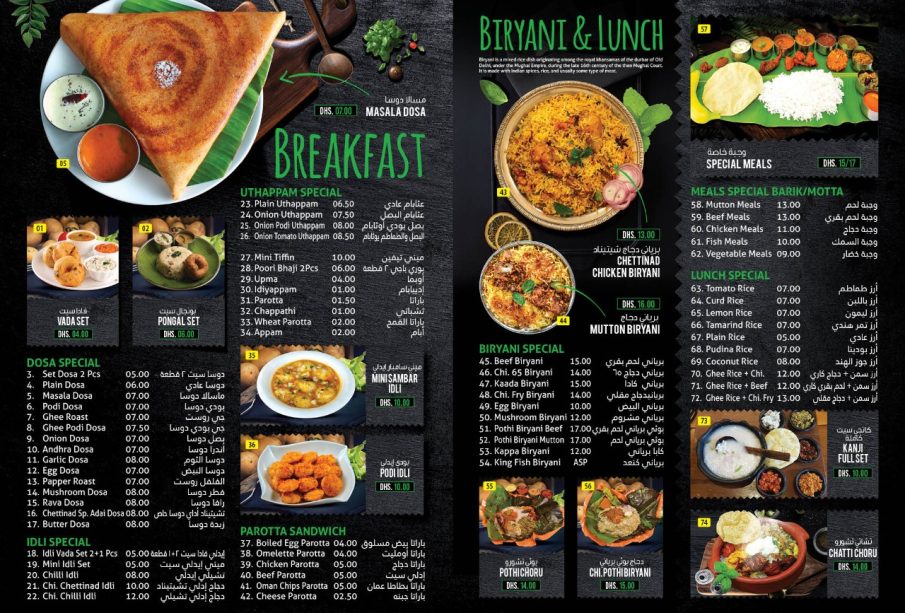Exploring Idli Kadai: A Staple of South Indian Cuisine

Introduction to Idli Kadai
Idli Kadai holds a special place in South Indian cuisine, symbolizing the rich culinary heritage of the region. This dish, consisting of soft steamed cakes made from fermented rice and lentil batter, is cherished for its nutritional value and versatility. As modern dining preferences evolve, the influence of idli in various gastronomic contexts continues to grow, making it a topic of interest for food enthusiasts and health-conscious individuals alike.
Anatomy of Idli Kadai
The term ‘Idli Kadai’ typically refers to eatery establishments that specialize in preparing idli along with various accompaniments such as chutneys and sambar. Traditionally, these outlets can be found bustling in city corners across South India, serving hot idlis paired with flavorful sides. Each region adds its unique twist to the recipe—whether it be the different types of rice used or the specific chutney flavors. The classic idli, made mainly of rice and urad dal (black gram), is naturally gluten-free and rich in protein, garnering popularity among health-conscious patrons.
Current Trends and Variations
Recent trends have seen a rise in innovative versions of idli, with variations such as ragi idli, oats idli, and even mixed vegetable idli becoming popular. These variants increase the nutritional profile of the dish and cater to a broader audience, including those looking for alternatives to traditional recipes. Many idli kadais are now also incorporating healthy ingredients while keeping the authentic taste intact, which contributes to their growing credibility among the urban population.
Conclusion and Future Outlook
As the focus on health and nutrition continues, idli kadai is poised to capture a diverse audience both within India and globally. The increasing popularity of South Indian cuisine offers a rich opportunity for chefs and home cooks to innovate while respecting tradition. The continued exploration into variations and health-focused adaptations promises to keep idli at the forefront of culinary discussions. In conclusion, idli kadai not only represents a dish but reflects a cultural journey—one that transcends beyond geographical limits and becomes a staple in many households.









